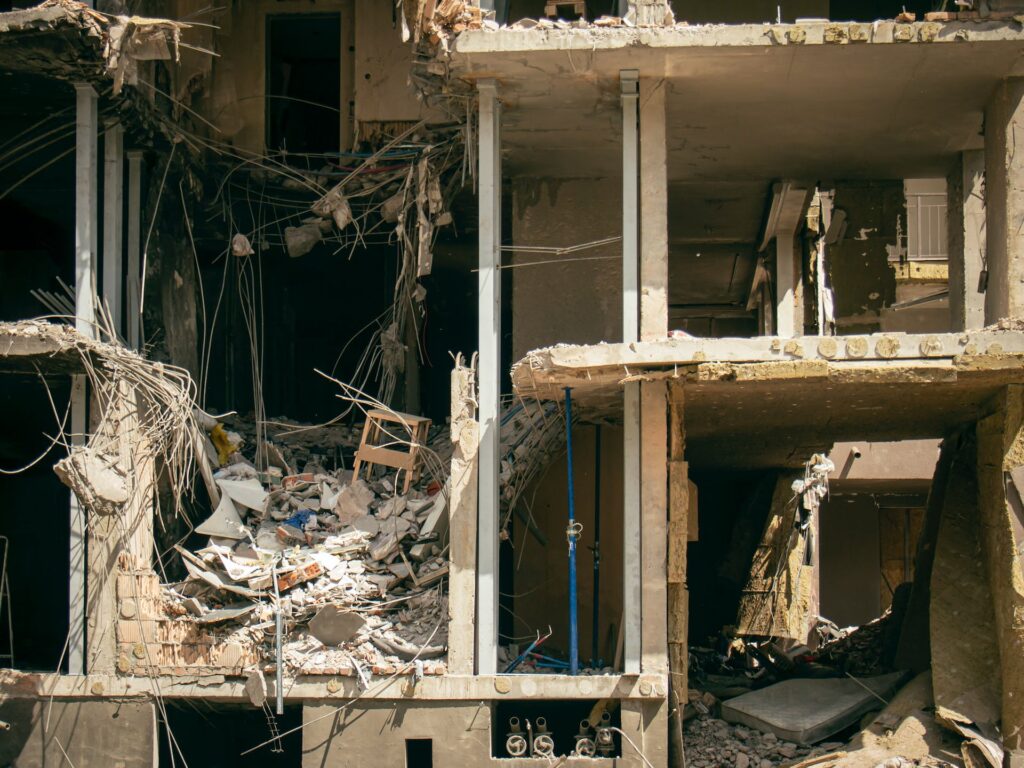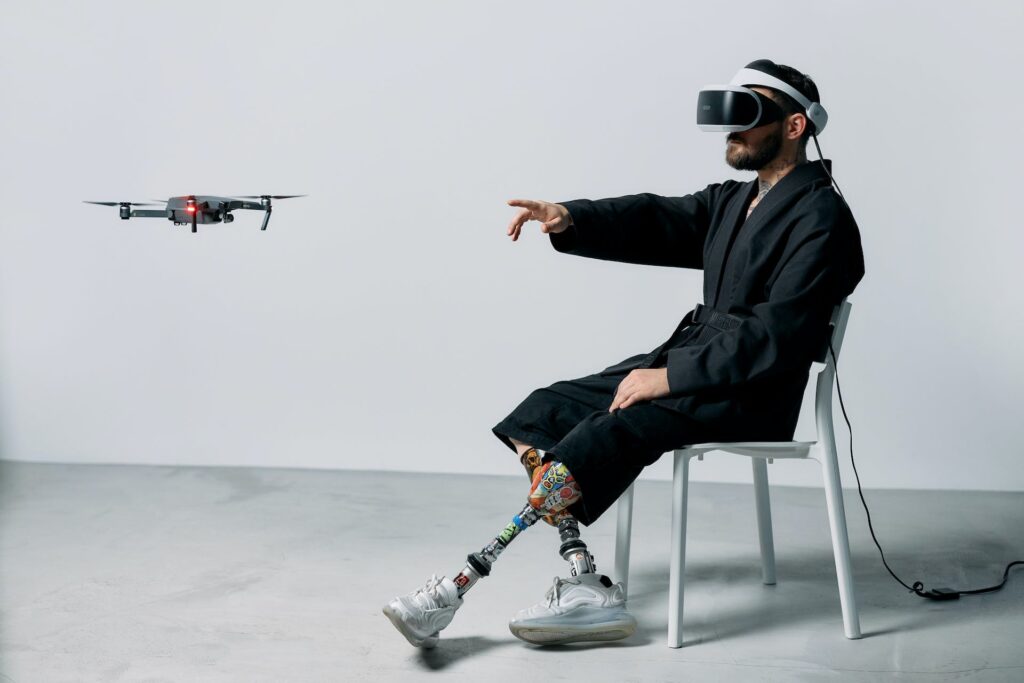Time is of the essence when it comes to search and rescue operations. The faster rescue teams can locate and reach survivors, the more lives they can save. That’s where drones come in, offering unparalleled levels of accuracy, efficiency, and speed that traditional search and rescue operations can’t match. In this blog post, we will explore how drones are changing the game in emergencies by examining the advantages, challenges, and future of using drones in such critical situations. Join us as we delve into the world of drones and their crucial role in saving lives during emergencies.

Drones for Search and Rescue and How They are Used
Drones can be equipped with various sensors, cameras, and other equipment, making them ideal for search and rescue missions. Different types of drones are used depending on the terrain, weather conditions, and the nature of the emergency. Common types of drones used in search and rescue include fixed-wing, rotary-wing, and hybrid drones. Fixed-wing drones can cover large areas quickly and are ideal for open terrain while rotary-wing drones are more maneuverable and can fly in confined spaces. Hybrid drones combine the features of both fixed-wing and rotary-wing drones and are suitable for various terrain types.
Advantages of UAVs for Emergencies
Traditional search and rescue methods often involve ground teams searching for survivors on foot or using vehicles, helicopters, or planes to conduct aerial searches. While these methods have been used for decades, they can be time-consuming, expensive, and sometimes limited in their ability to access remote or dangerous areas.
Drones have the ability to access hard-to-reach areas, provide real-time situational awareness, and gather data that can be analyzed to improve future search and rescue operations. They can also reduce risks to rescue teams by providing a bird’s-eye view of the emergency site, allowing for appropriate assessment and planning. For instance, drones can assist in locating missing hikers, searching for survivors in disaster-stricken areas, and delivering medical supplies to remote locations.

Challenges and Limitations of Drone Use in Search and Rescue Operations
While drones have transformed search and rescue operations, some limitations to their use still need to be addressed. One major challenge is the technical limitations that can arise. For example, drones can experience equipment failure or malfunction, which can hinder the ability of rescue teams to gather critical data. Weather conditions can also limit drone operations, as they can be affected by high winds, rain, or low visibility, making it unsafe to fly.
Another significant challenge with employing emergency drones is legal and ethical considerations. Privacy concerns arise as drones can capture images and videos of individuals without their consent. Moreover, drone operations in protected areas can impact wildlife and their habitats, which needs to be carefully monitored and regulated.
Finally, there is the challenge of training and certification requirements for both drone operators and rescue team members. To ensure the safe and effective use of drones in emergencies, drone operators must have the appropriate training and certification to operate drones, and rescue teams must be trained in drone use and data analysis.
Future of Emergency Drones
As drone technology continues to advance, technologies such as AI and machine learning bring new benefits. Integration with the previously mentioned technologies can greatly enhance the efficiency, and accuracy of data collection, analysis and decision-making.
Another exciting development in the world of drone usage for search and rescue operations is the use of augmented reality (AR) technology. AR allows drone operators to superimpose digital information and images into the real world, providing a more detailed and enhanced view of the search area. This technology can be instrumental in challenging environments, such as dense forests or areas with limited visibility, where traditional methods may fall short. AR technology can provide valuable information to rescue teams, such as heat maps of the area, locations of potential hazards or survivors, and other important data. By leveraging AR, drone operators and rescue teams can work together more efficiently and effectively to save lives.

Takeaway
Undoubtedly, drones have brought a new level of efficiency, accuracy, and speed to search and rescue operations. The technical and legal challenges to their use must be addressed, but the potential benefits of drones in emergency situations are vast. As drone technology advances, we expect to see even more sophisticated and affordable options for rescue teams. The future of search and rescue operations is looking brighter with the use of drones!
We always like to hear your opinions! What do you think are some of the most exciting developments or potential uses of drone technology in search and rescue missions that we can look forward to in the future? Leave your thoughts in the comments section below.

